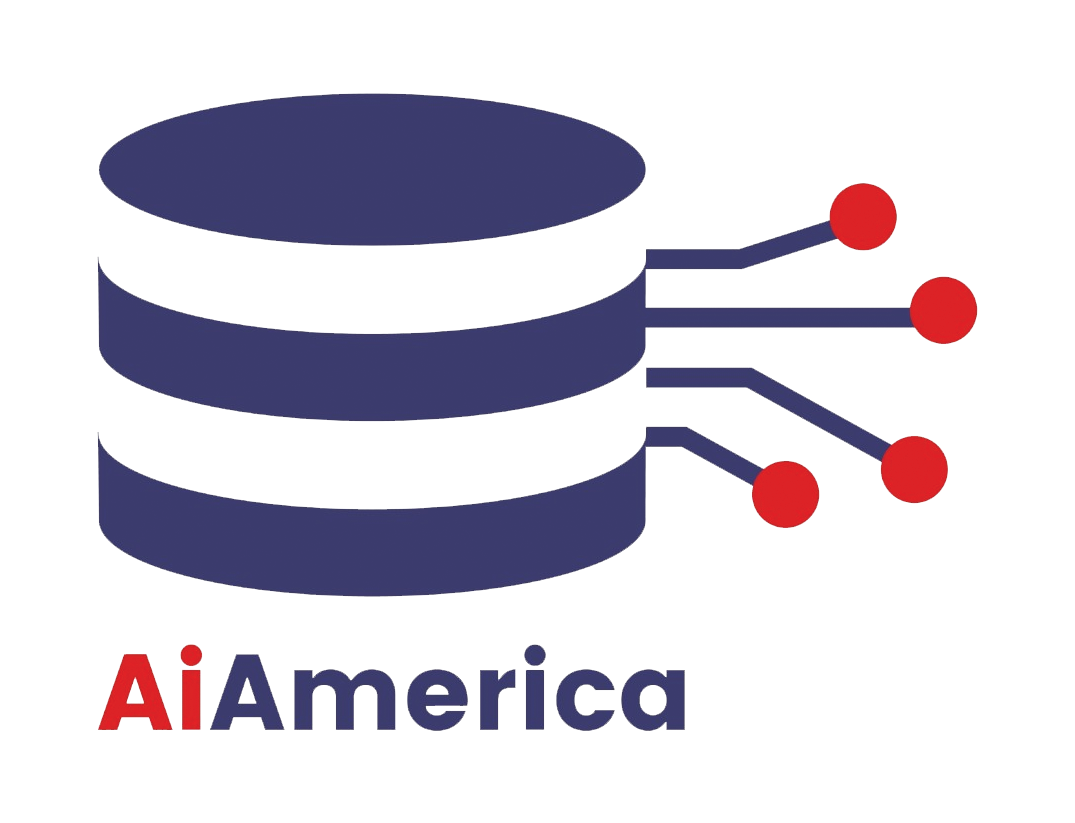
Agentic AI is redefining the artificial intelligence landscape, shifting focus from simple automation to intelligent, goal-driven autonomy. The term “agentic AI” refers to systems or software agents that possess the ability to reason, plan, act, and learn independently within dynamic environments. Unlike traditional chatbots or rule-based programs, agentic AI systems mimic human-like decision-making by continually pursuing goals, adjusting behavior in response to feedback, and operating with minimal supervision.
Understanding Agentic AI: Basic Principles
At its core, agentic AI has agency—the power to make choices and pursue objectives. Where classic automation simply executes coded rules, and even many generative AIs wait for prompts, agentic AI autonomously:
- Perceives its environment (data input, real-world changes, or evolving user needs)
- Sets short- and long-term goals
- Plans multi-step actions to achieve those goals
- Executes actions while continually monitoring outcomes
- Learns from results and adapts its future strategies accordingly
This loop—perceive, plan, act, learn—is fundamental. For instance, an agentic AI supply chain manager won’t just reorder inventory at a set threshold: it might analyze past sales, weather trends, and global shipping conditions, plan orders to avoid disruptions, and learn from results to optimize future logistics decisions.
What Makes Agentic AI Unique?
1. Autonomy & Proactive Behavior
Unlike reactive tools (e.g., classic RPA or chatbots), agentic AI initiates actions on its own. It can break large goals into smaller sub-tasks, autonomously prioritize activities, and pursue optimal solutions—freeing humans from micromanaging workflows.
2. Contextual Reasoning & Adaptability
Agentic AI does not just act; it reasons. It understands context (historical, environmental, user-specific), senses change or exceptions, and pivots its plan in real time. For example, a travel-planning agentic AI can adjust bookings based on weather updates or cancellations as they happen.
3. Multi-Step Task Management
Routine AIs often handle single-turn inputs, but agentic AI manages chains of reasoning and multi-step objectives. For example, it can plan and execute a full workflow: research, summarize, draft a report, review with tools, and deliver results—without human direction at every step.
4. Continuous Learning and Memory
Learning is core. By recording feedback, outcomes, and even user reactions, agentic AI adapts over time—much like a skilled employee improves with experience. Contextual and episodic memory allow agents to recall details across conversations and sessions for improved continuity.
5. Integration and Collaboration
Agentic AI can interact with both people and other AI agents, as well as with tools, APIs, and real-world devices. A single agent may collaborate with others, making multi-agent ecosystems possible—such as a team of agentic AIs handling IT support, HR onboarding, and customer inquiries in parallel.
Real-World Example: Agentic AI in Action
Consider a modern customer support center. Instead of relying on a basic bot to answer FAQs, an agentic AI can:
- Triage incoming tickets based on language, urgency, and past user behavior
- Look up account details, recent tickets, and company policies
- Communicate with backend APIs to issue refunds or update records
- Escalate truly unique cases to a human agent
- Learn from resolved tickets to continually refine future responses
By 2029, it is projected that agentic AI systems will be resolving up to 80% of organizational support inquiries autonomously, delivering faster service at lower cost and freeing up human employees for higher-value tasks.
Why Is Agentic AI Important?
- Productivity: It automates not just repetitive, but also complex, adaptive, and cognitive work.
- Reliability: Agents operate 24/7, minimizing downtime, proactively preventing issues, and escalating only what truly requires human judgment.
- Scalability: As organizations add new workflows and sources of data, agentic AI adapts and scales without the need for manual intervention or rigid reprogramming.
The Road Ahead
Agentic AI is rapidly progressing from research to deployment. Advances in large language models, planning algorithms, reinforcement learning, contextual memory, and secure system integration are fueling a new generation of agents that profoundly change how enterprises, governments, and individuals operate.
By understanding the foundational concepts of agentic AI, organizations and innovators put themselves at the forefront of a transformation that will shape the next decade of artificial intelligence. In this series, we’ll dive deeper into architectures, real-world use cases, ethics, and how to develop and deploy agentic AI for maximum business value.









